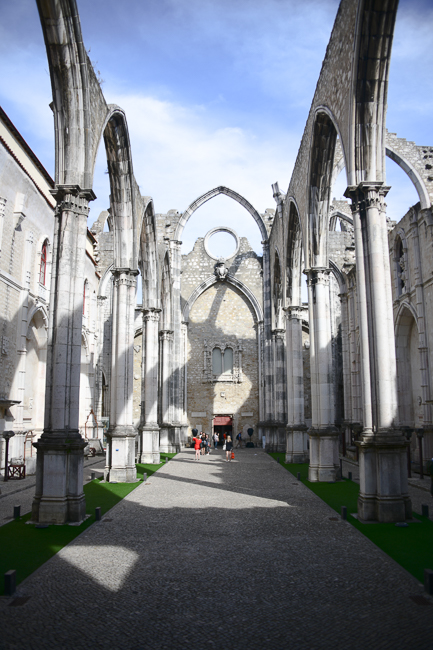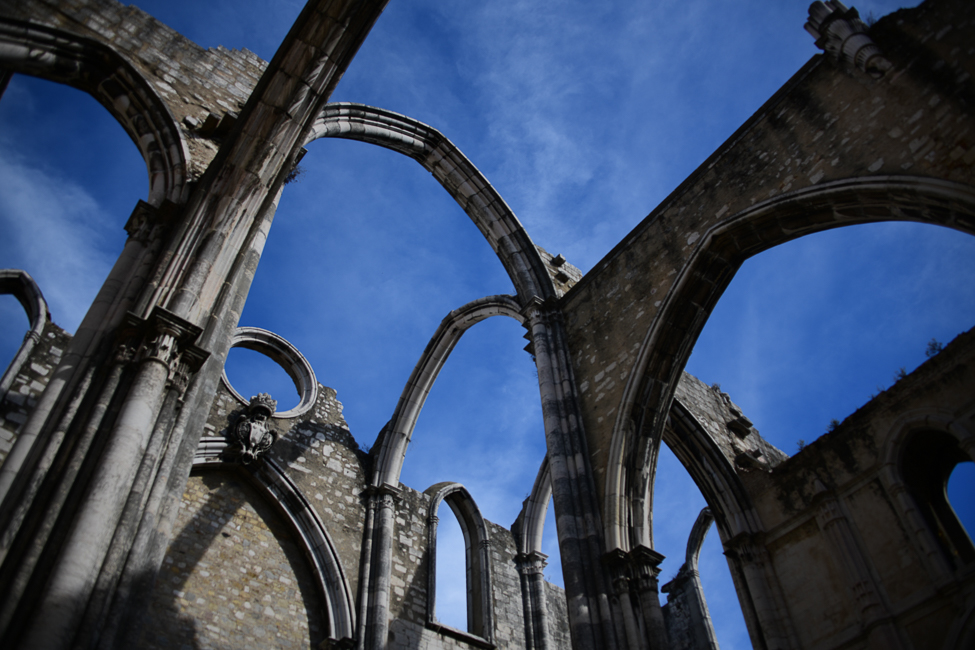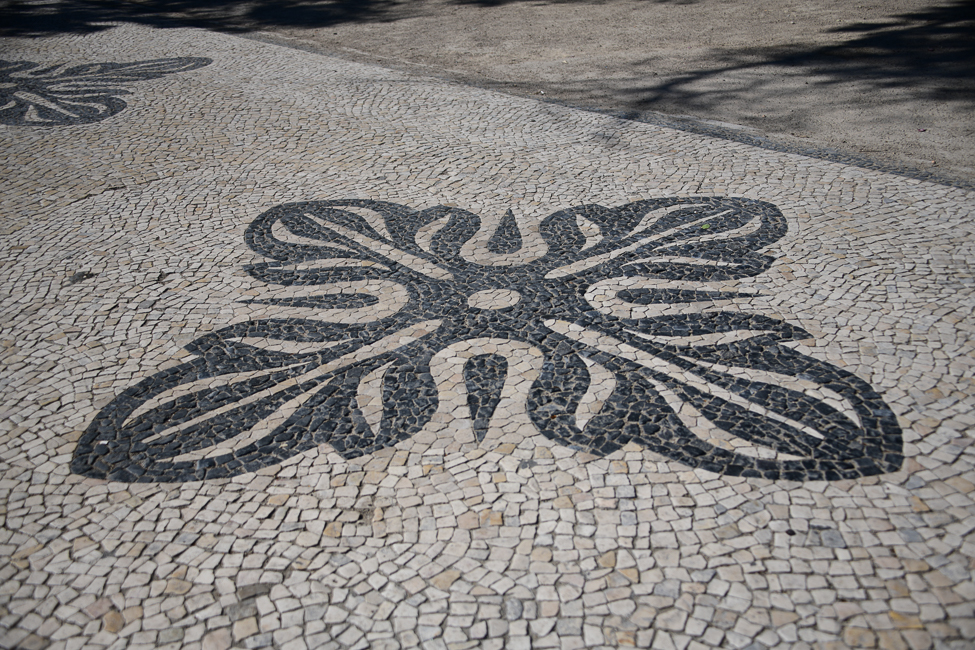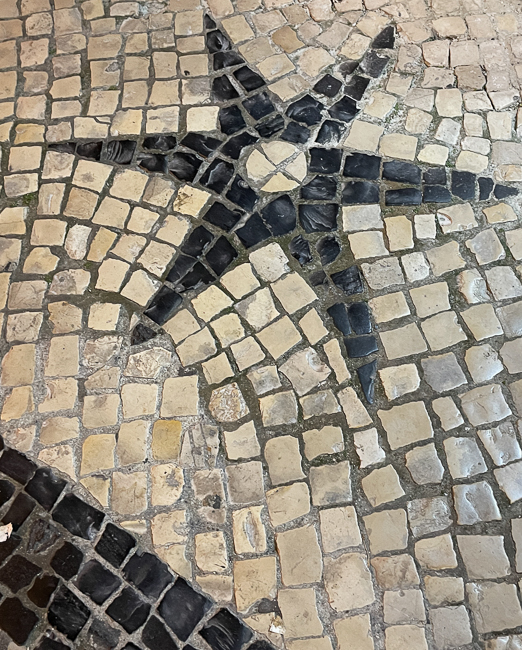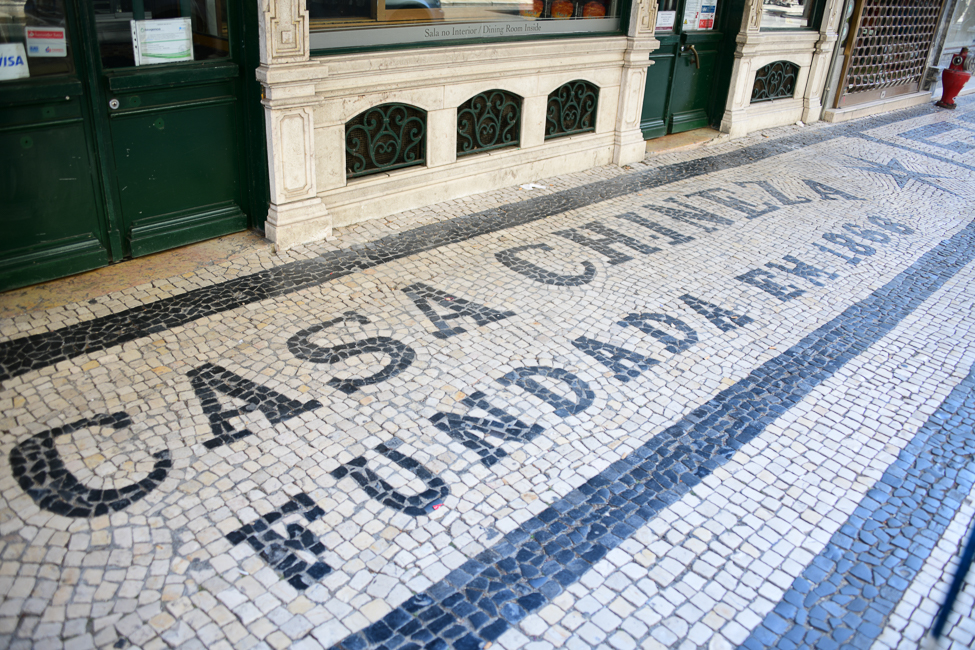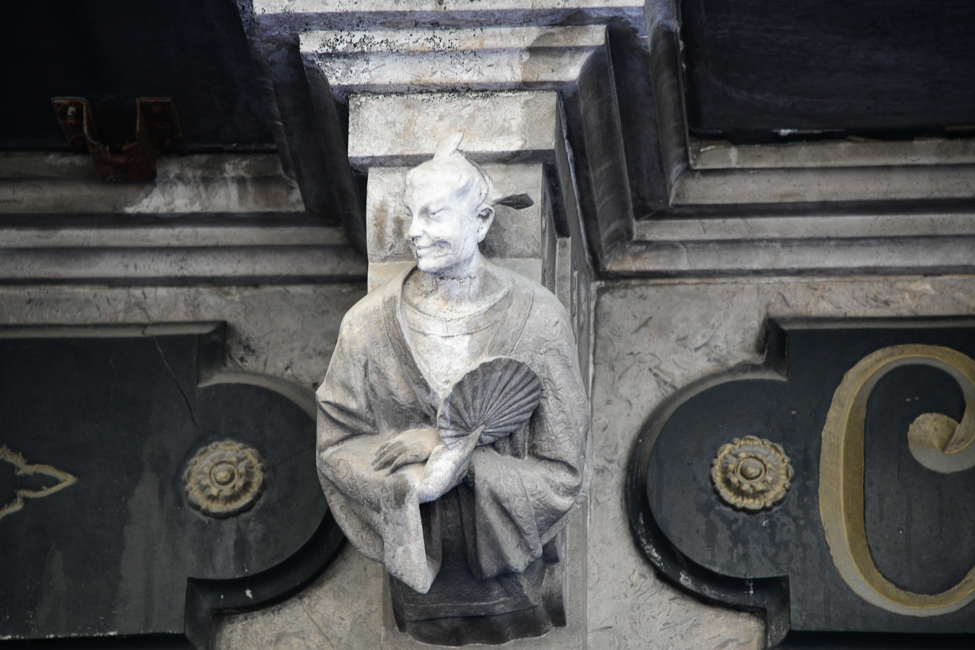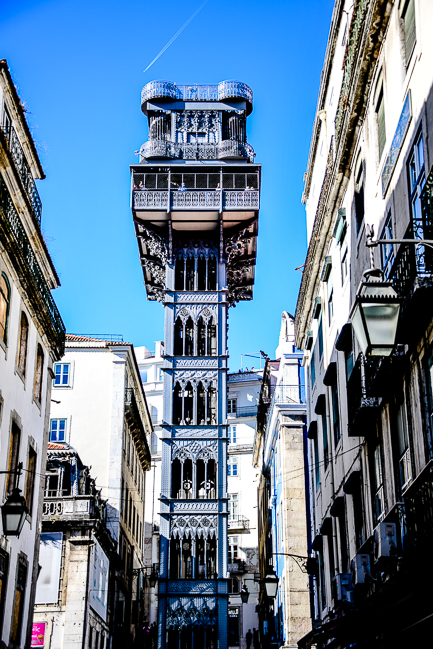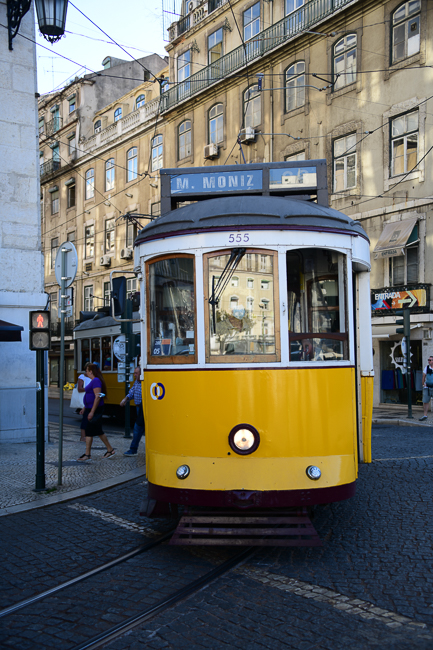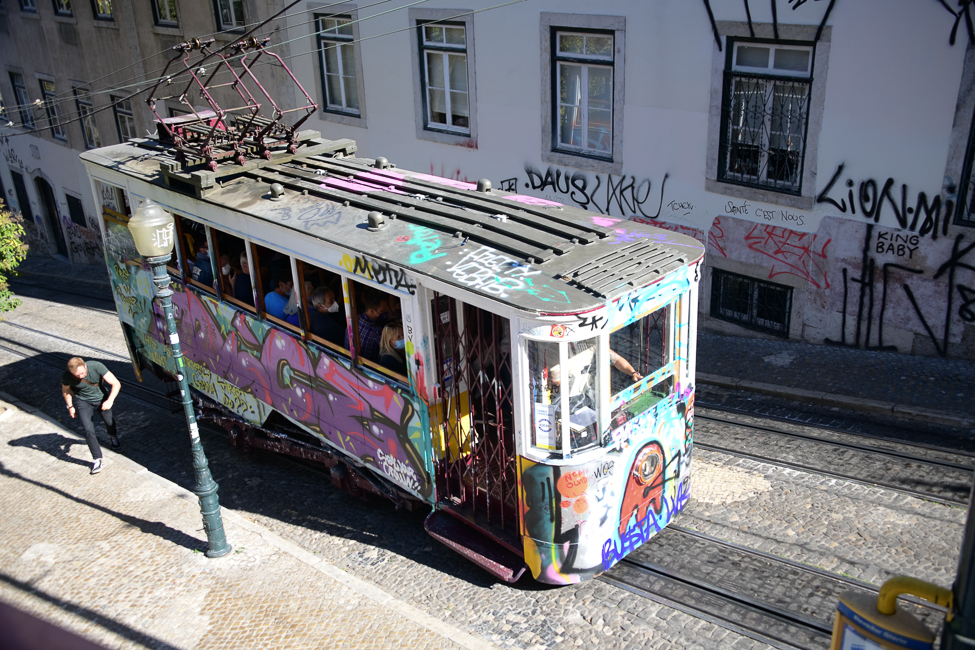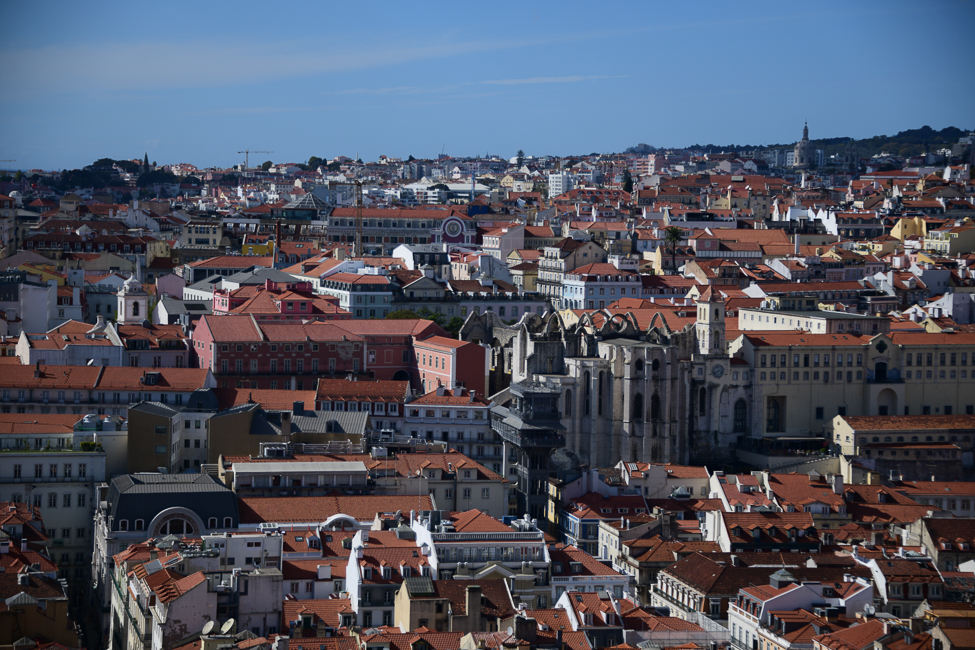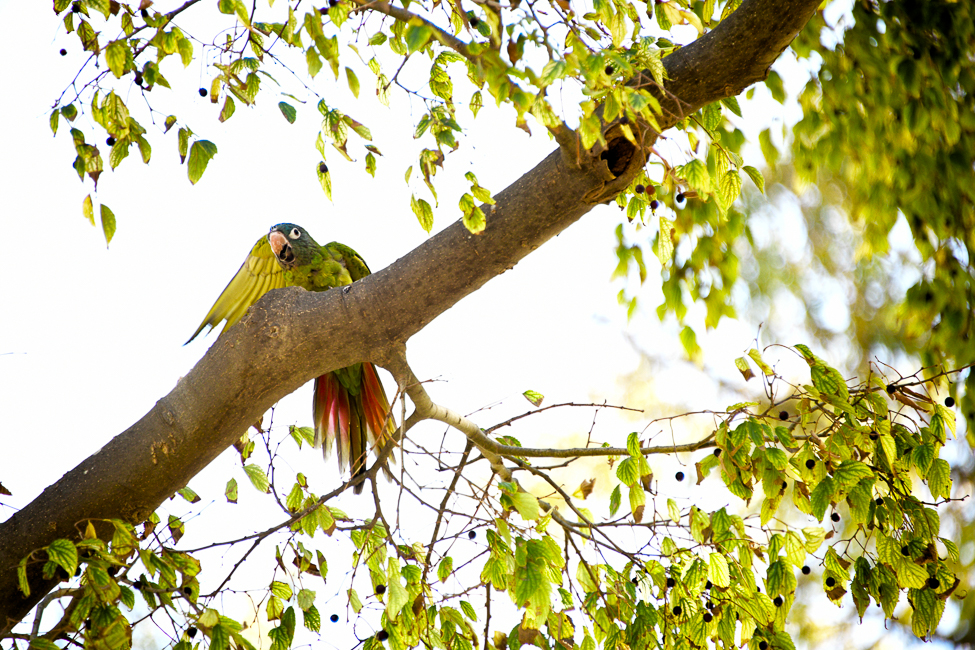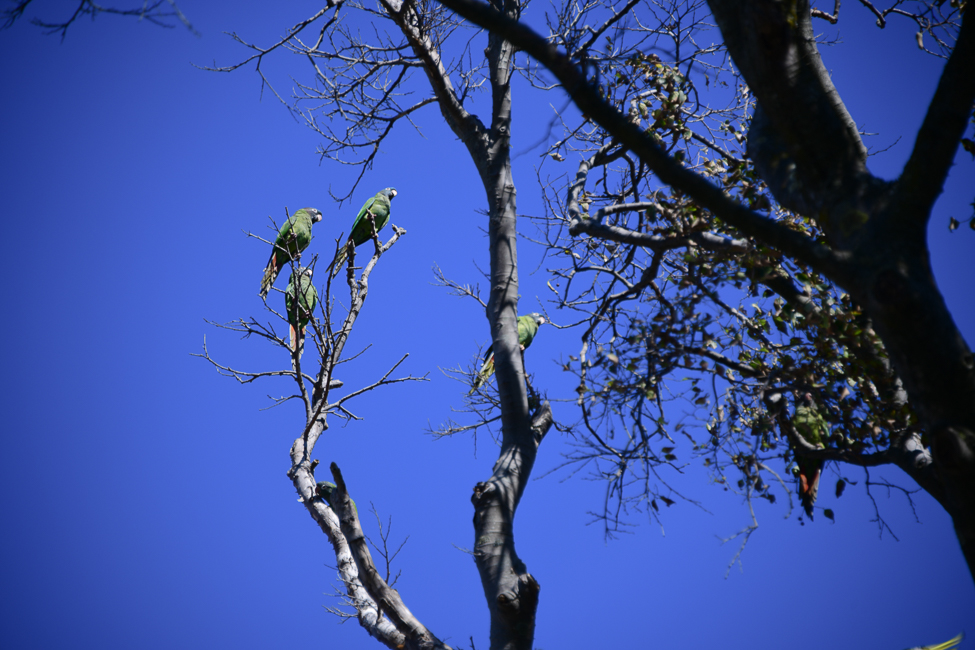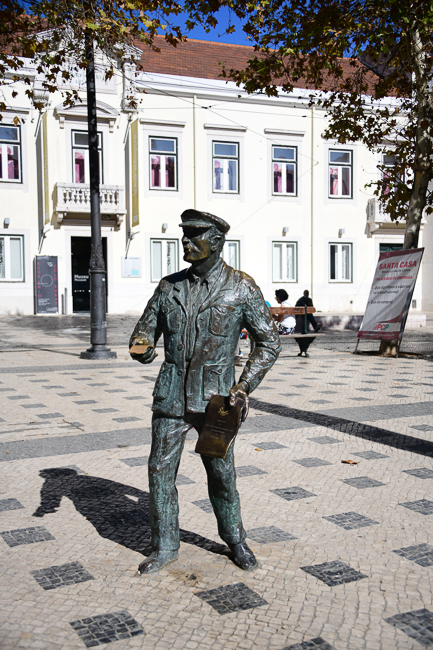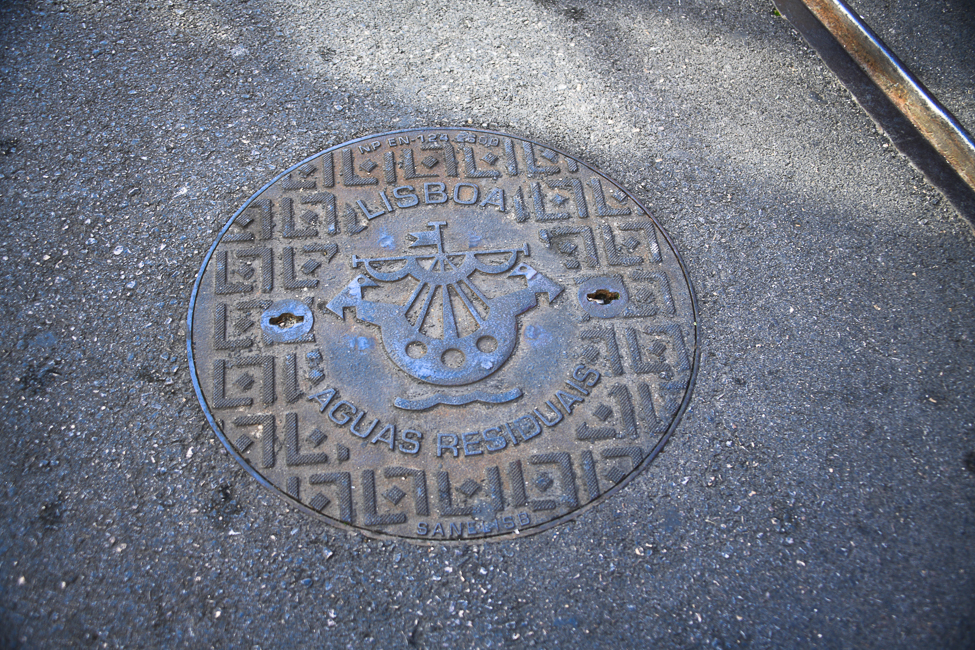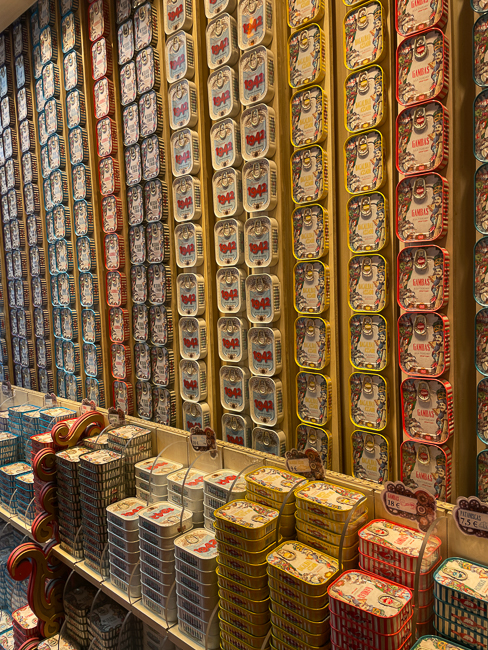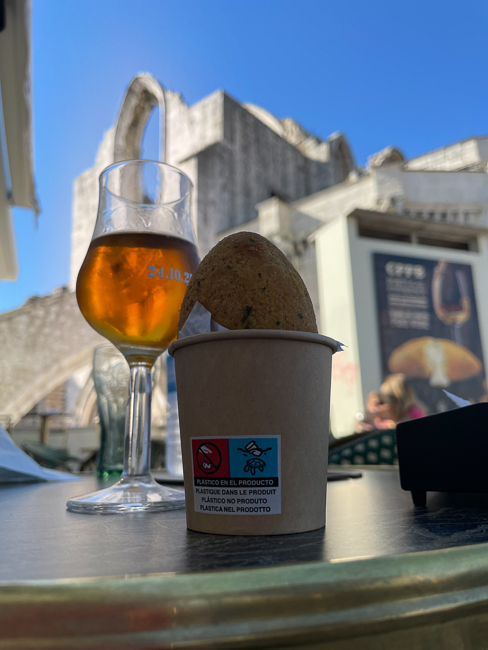October 2021
One of the first things you read of Lisbon is about the 1755 Earthquake. It was All Saints Day and the churches were packed to the rafters. The earthquake was followed by a fire, and then a tsunami, killing an estimated 15,000 people in Lisbon alone.
The religious overtones regarding the disaster were abundant. Many argued that it was an act of divine wrath, against a city that was not only famous for its wealth but also for its Inquisition and idolatry. Voltaire was one of those, writing A Poem of the Lisbon Disaster, propounding his views that evil exists and man is doomed to be unhappy on earth. Voltaire went on to drive his point home with his famous novel Candide.
Carmo Convent, now an archaeological museum has been left un-repaired to remind all of the damage done by that earthquake.
The first thing I noticed upon walking out the door of my hotel were the pavings. These little pavers are called calceteiros and the paths which they create are called calçada. It’s believed that the first of these types of pavers were laid at Castelo São Jorge in 1842, but, if so, they no longer exists.
Casa Chineza on Rua Aurea is a pastry shop, still in existence, the brackets above the awning, while hard to spot were just so whimsical and fun.
One of the most recognizable and beloved landmarks of Lisbon is the Elevador de Santa Justa.
Inaugurated in July of 1902, Lisbon’s residents were so excited to try this novelty, that over 3000 tickets were sold on the first day, and by the end of its first year it had carried more than half a million people. Today it is primarily a tourist attraction, but also a very good way to get from the Baixa up to the Carmo Convent without climbing massive amounts of stairs.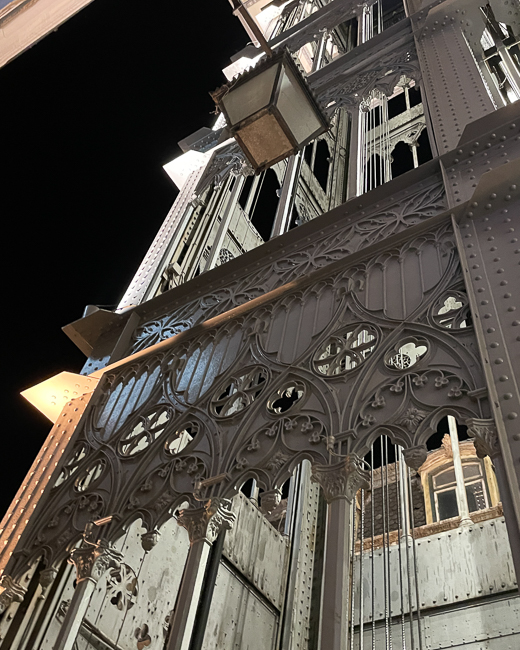
The Elevador stands just under 150 feet high and it is not a coincidence that it resembles the Eiffel Tower, the architect of the lift was Raoul Mesnier de Ponsard, an admirer of Gustave Eiffel.
Ponsard applied many of the same techniques used in the Eiffel Tower, such as its iron structure and the gorgeous neo-gothic arches and geometric patterns.
The small trams of Lisbon are iconic. There are currently five different routes and 58 trams, of which 40 are vintage streetcars.
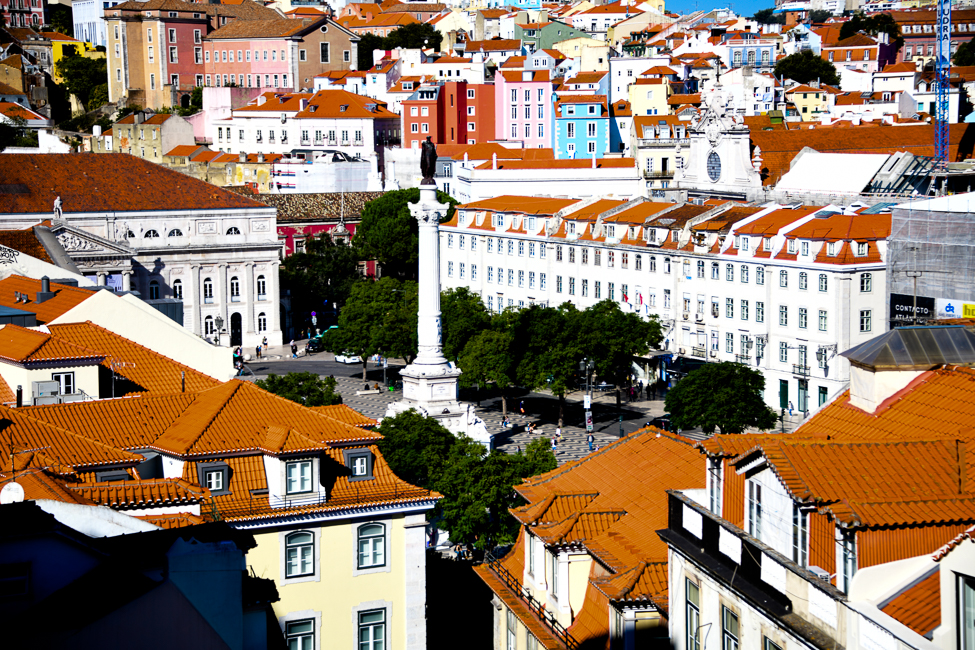
Looking down on the Rossio, once the center of Lisbon, this is now just a open space for hanging out. It was paved with wave-pattern mosaics in the mid 19th century.
At the top of one of Lisbon’s many hills is the Jardim de São Pedro de Alcântara with a view of the city. The trees of the park are filled with parrots, reminiscent of San Francisco’s Parrots of Telegraph Hill.
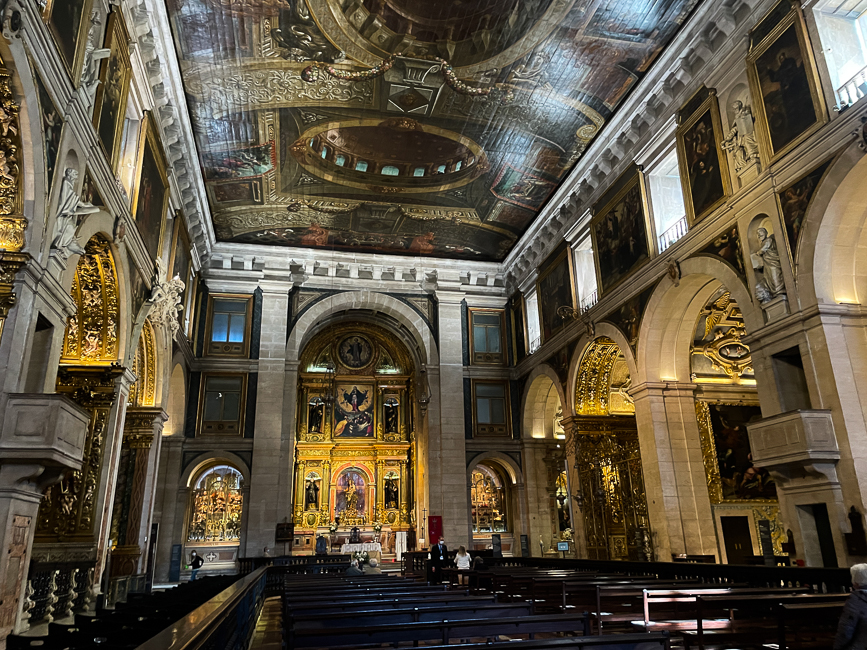
Church of Sao Roque
Wandering down from the park you come upon the Church of Saint Roche. The church was founded at the end of the 16th century at the height of the Jesuit Order. The chapels are adorned with precious stones, lapis lazuli, alabaster, gold, silver and ornate mosaics. The art collection that belongs to the church is rather impressive.
This is – O Cauteleiro – or the Lottery Seller. It was sculpted by Fernando Assis and placed at Largo Trindade Coelho in front of the church in 1987. Passers-by rub the ticket in his right hand for good luck, which over the years has given it that shine.
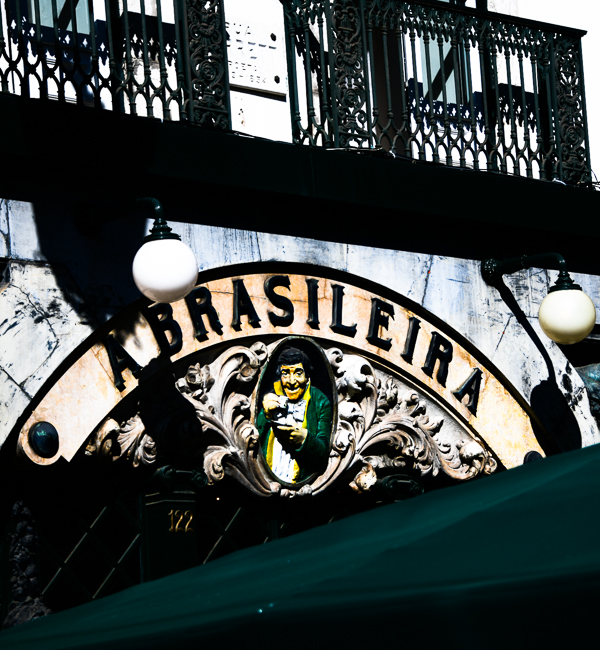
With the establishment of the Portuguese Republic in 1910, A Brasileira became a meeting point for Portuguese intellectuals, writers and artists, including Fernando Pessoa, Portugal’s most celebrated twentieth century poet . A Brasileira is said to be the home of the bica, or extremely strong espresso.
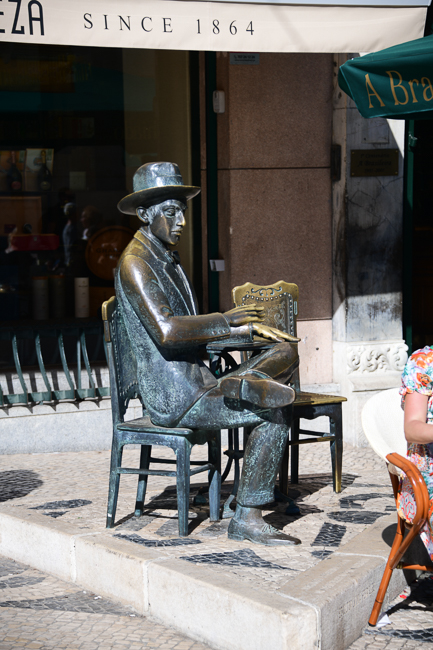
This is Fernando Pessoa, known to enjoy absinthe and the bica while chain smoking at A Brasileira. Sculpted by Lagoa Henriques it was placed outside the restaurant in 1988 as a tribute to the poet.
Lisbon is known for its cod, but also its sardines, this little store has taken it over the top with a store filled with nothing but tinned sardines in a circus atmosphere.
At the top of the Elevador in the shadow of the Carmo Convent you can stop for pasteis de bacalhau (fried codfish, mashed potatoes and cheese) and a glass of port. To my surprise, the port was actually a perfect accompaniment. This port was not sweet, but acidic, cutting through the fish and cheese in a way to make it a perfect mouthful.
It was a beautiful day and a perfect way to slow down and enjoy a Sunday in Lisbon.
